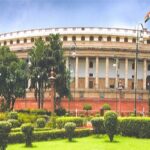Welcome! Log into your account
Recover your password
© 2013-2024 All Rights Reserved by Pratisruti Plus
Powered by INFOCREATIVES
Powered by INFOCREATIVES









































